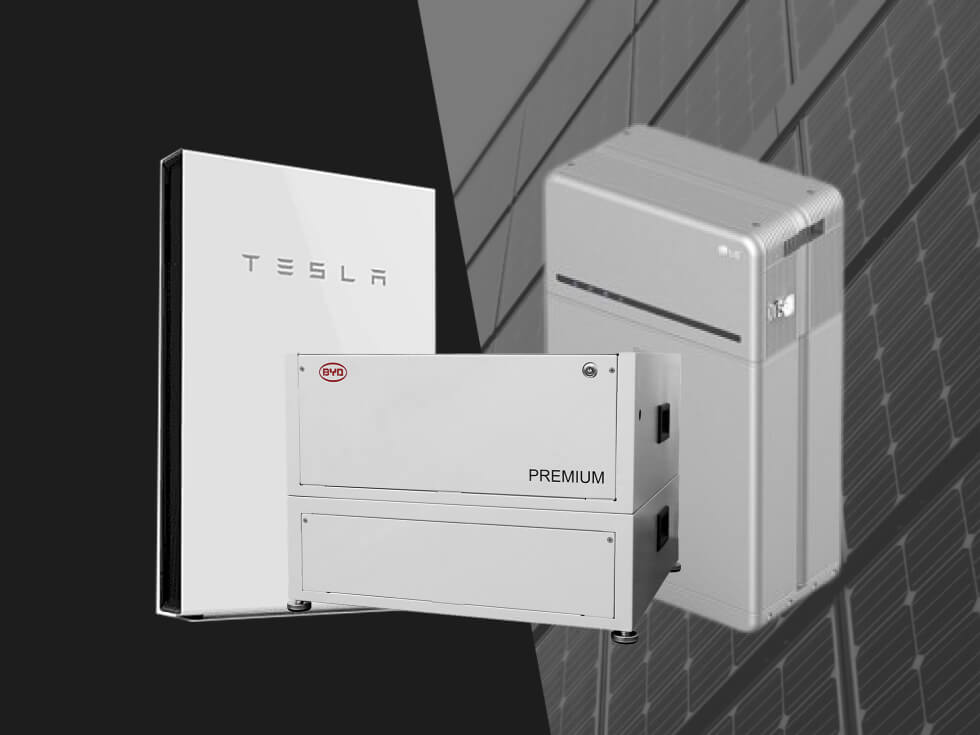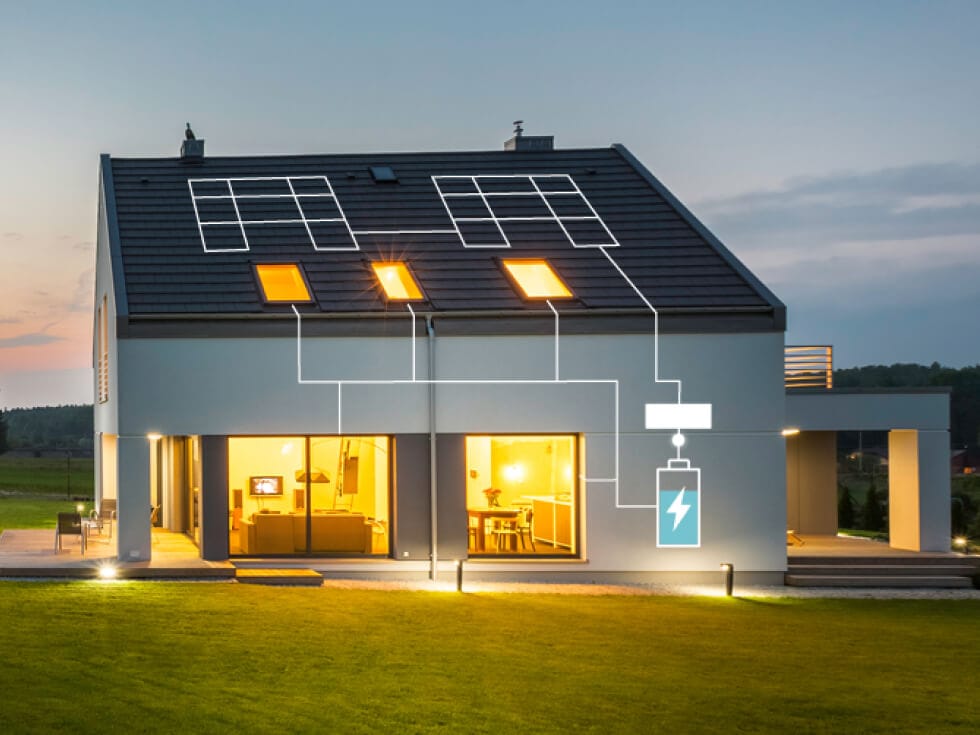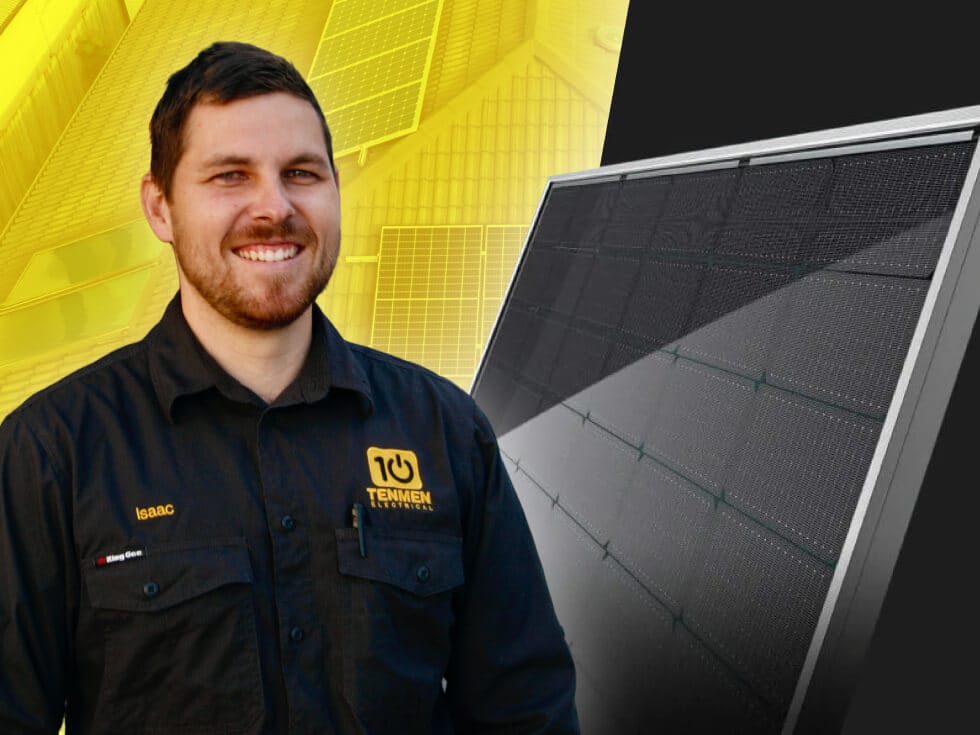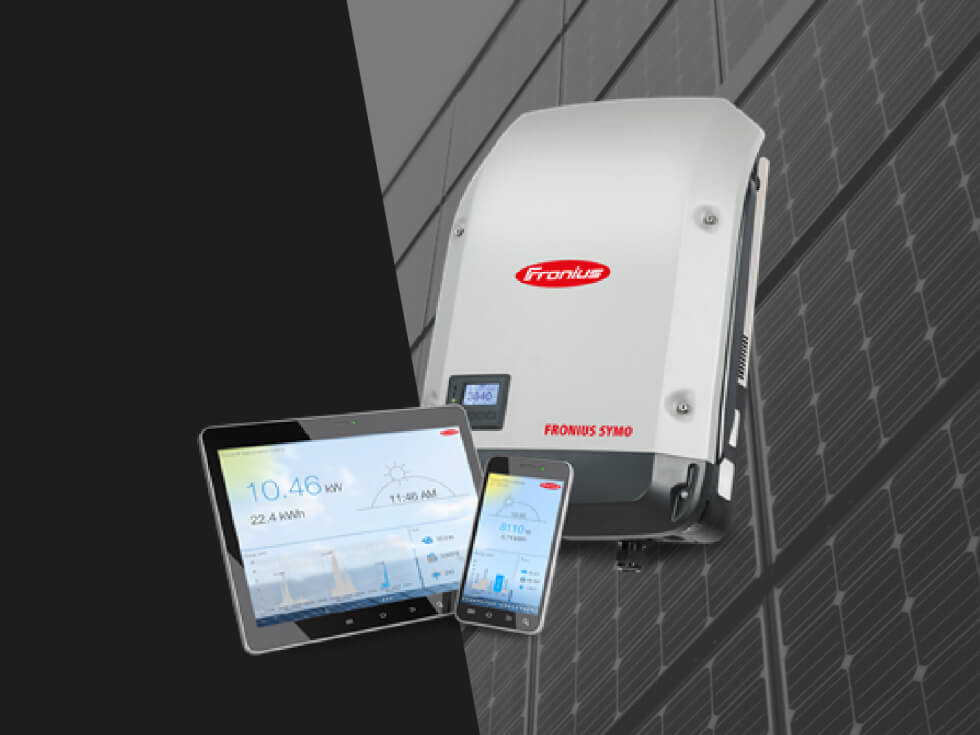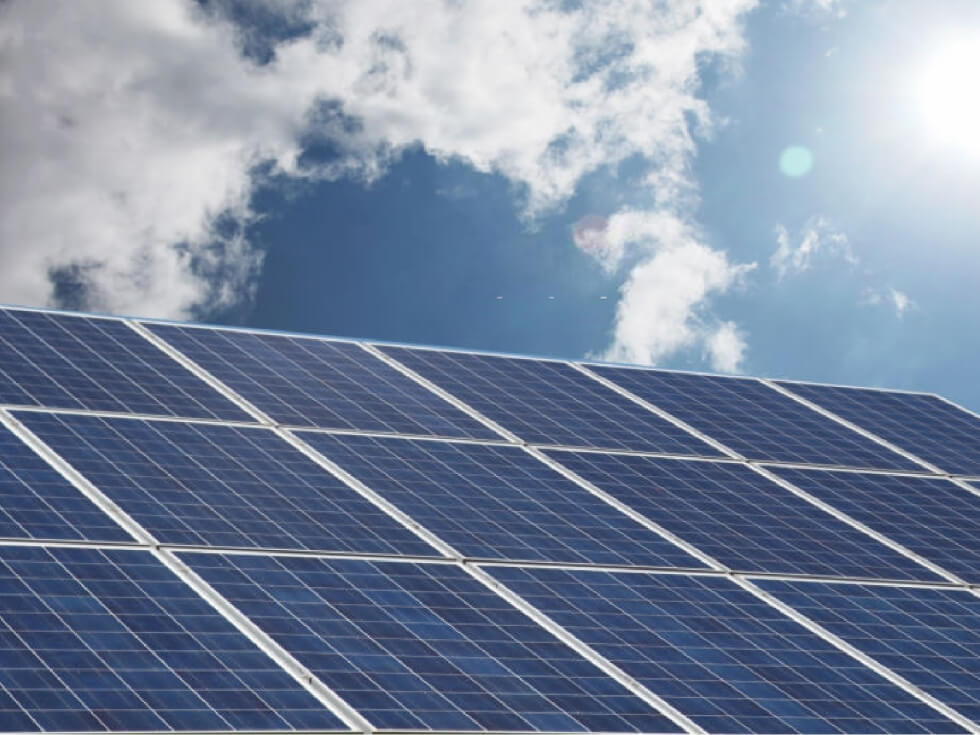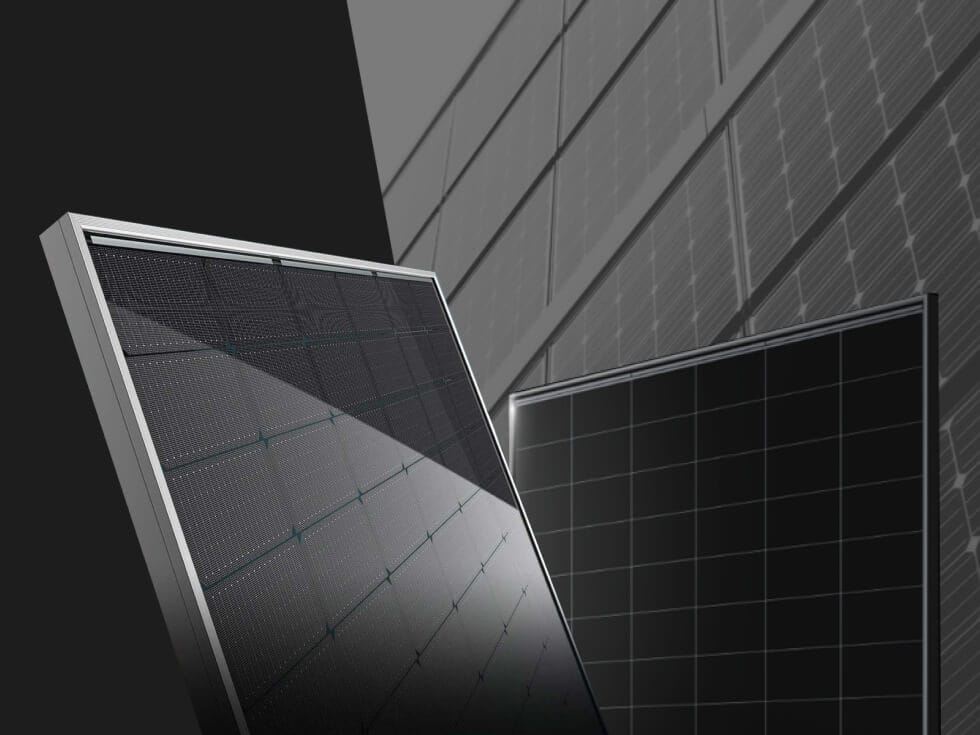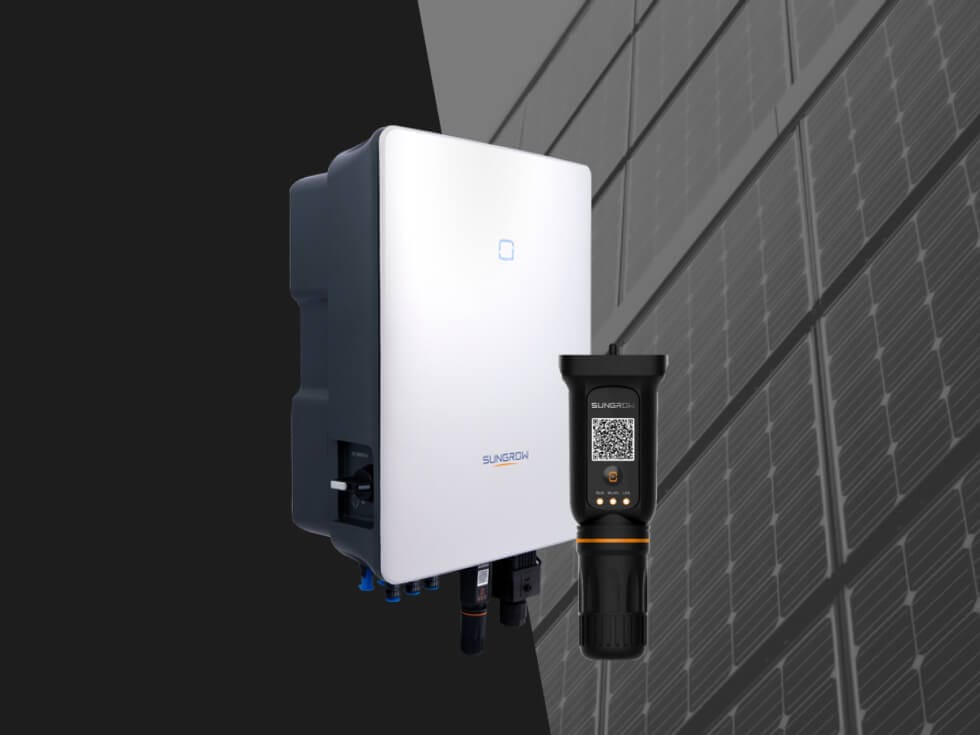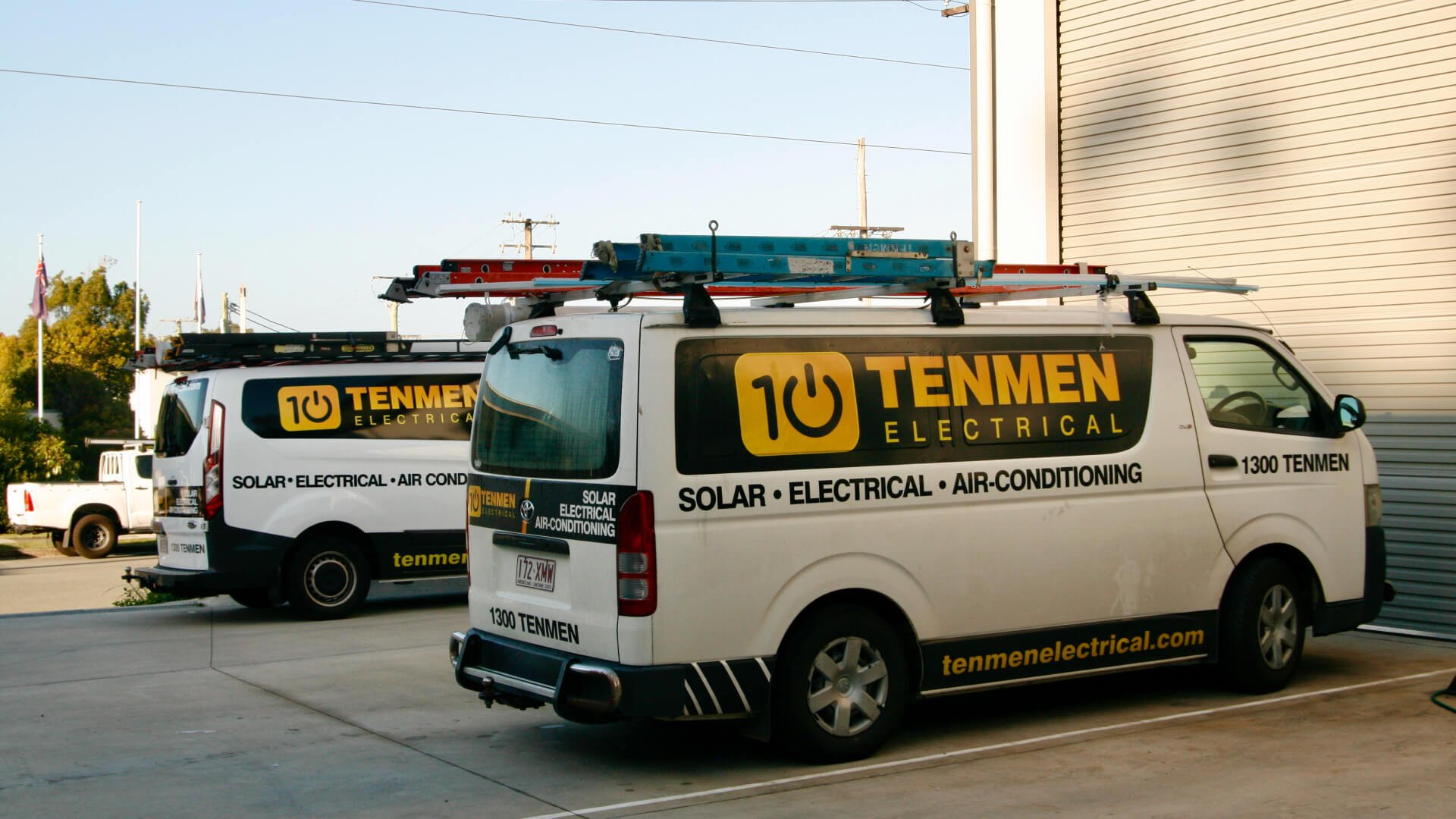Australia’s abundant sunshine has made it a global leader in rooftop solar adoption, with over one in three households harnessing solar power. However, as energy prices continue to rise and the demand for reliable, sustainable energy grows, many Australians are exploring ways to maximise their solar investments. One compelling solution is integrating solar energy storage systems into their homes.
Solar energy storage allows homeowners to store excess electricity generated during the day for use during peak demand periods or at night, reducing reliance on the grid and enhancing energy independence. With recent government incentives and advancements in battery technology, solar storage has become more accessible and beneficial than ever before.
In this guide, we’ll delve into the advantages of solar energy storage, how these systems operate, and why now is an opportune time for Australian homeowners to consider this sustainable energy solution.
Key Takeaways
- Solar batteries store extra solar power for use at night or during blackouts.
- Home battery systems usually cost between $13,000 and $20,000 installed.
- Government rebates and Virtual Power Plants (VPPs) can lower the upfront cost.
- Lithium-ion batteries are the top choice for most Australian homes.
- Adding storage boosts energy independence and cuts electricity bills.
- Solar batteries aren’t the right fit for every solar system, especially considering their significant upfront cost.
- If you have high evening electricity usage, are facing rising power prices, or want greater independence from the grid, a battery can offer real long-term value.
How Solar Energy Storage Systems Work
Thinking about adding a battery to your solar setup? It’s worth understanding how solar energy storage actually works before you dive in.
- Energy Generation and Storage: Solar panels convert sunlight into electricity during the day. Any surplus energy not immediately used to power the home is stored in the battery for later use.
- Energy Utilisation: Stored energy can be used in the evening or whenever your home’s energy consumption exceeds solar production, typically during peak times when electricity rates are higher, reducing the need to draw power from the grid.
- System Components: A typical setup includes solar panels, an inverter (to convert DC to AC electricity), and a battery storage unit. Advanced systems may also feature energy management software for optimal performance.
- Grid Interaction: In grid-connected systems, excess energy can be fed back into the grid, often earning feed-in tariffs. Conversely, during periods of low solar production, the system can draw power from the grid as needed.
- Time-of-Use Optimisation: Some systems can be programmed to charge the battery during off-peak times when electricity is cheaper and discharge during peak times, further enhancing cost savings.
By effectively managing energy generation, storage, and consumption, solar energy storage systems offer a reliable and efficient solution for modern Australian homes.
How Much Does a Home Solar Battery Cost?
Installing a solar battery system in Australia typically costs between $13,000 and $20,000, depending on factors like battery capacity, brand, and how complex the installation is.
For example, a 13kWh battery system might land somewhere around $13,000 to $15,000, while a larger 18kWh setup could cost between $17,000 and $20,000.
These prices usually include the battery, inverter, and installation. Just keep in mind – costs can shift depending on where you live and how tricky the install is.
When considering the cost of home solar batteries, it’s important to weigh it against the potential long-term savings and benefits they offer. Investing in solar batteries can represent a higher upfront investment, and when evaluating the return on investment (ROI) and payback period, it’s crucial to consider the potential savings, which can vary depending on individual circumstances and energy usage patterns. Additionally, solar battery systems provide a reliable backup power source during outages, ensuring uninterrupted power supply.
To ensure you get the best deal, we recommend conducting a thorough evaluation from reputable installers. They can provide you with an accurate assessment of your energy consumption, potential savings and cost estimates tailored to your specific needs and requirements.
Types of Solar Batteries
Not all solar batteries are created equal. From budget-friendly options to high-performance powerhouses, understanding the differences can help you choose the right fit for your home.
Comparison of Common Solar Battery Types
| Battery Type | Pros | Cons | Ideal For |
|---|---|---|---|
| Lithium-Ion | High efficiency, compact size, long lifespan | Higher upfront cost | Most residential installations |
| Lithium Iron Phosphate (LiFePO₄) | Enhanced safety, long cycle life, stable performance | Slightly lower energy density compared to other lithium-ion batteries | Homes prioritising safety and longevity |
| Lead-Acid | Low initial cost, proven technology | Shorter lifespan, requires maintenance | Budget-conscious or off-grid setups |
| Flow Batteries | Long lifespan, 100% depth of discharge | Large size, higher cost, complex installation | Large-scale or commercial applications |
| Nickel-Cadmium (NiCd) | Durable, performs well in extreme temperatures | Environmental concerns due to cadmium content | Specialised or industrial uses |
When selecting a solar battery, consider factors like your energy usage patterns, budget, available space, and desired lifespan. Consulting with a local solar expert can provide personalised recommendations tailored to your family or business needs.
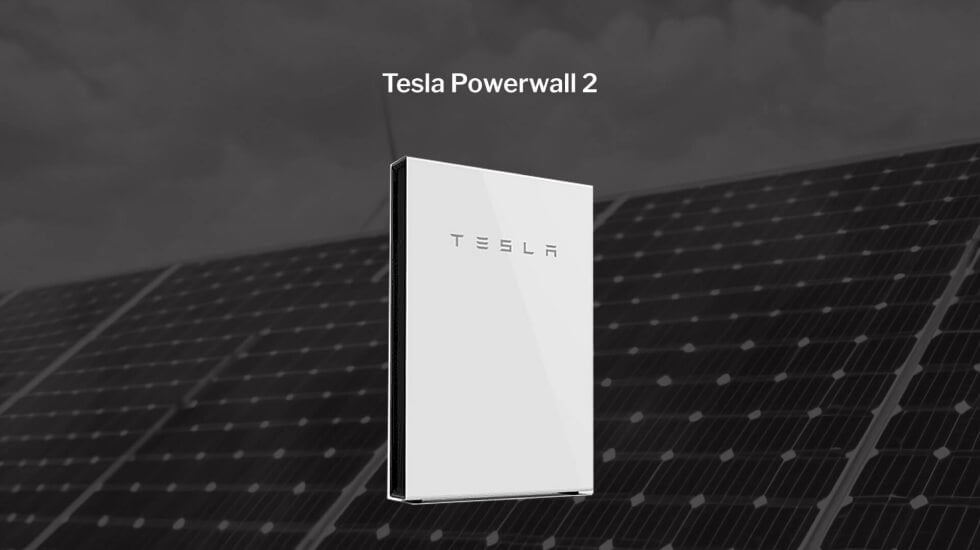
Choosing the Right Solar Energy Storage System
Picking the right solar battery is a lot like picking the right car — it needs to suit your household’s needs, your budget, and your plans for the future. There are loads of options on the market, so it helps to know what to look for when you start comparing.
Things to Look For:
- Battery Capacity: This tells you how much energy the battery can store. Most Aussie homes need between 10 and 13.5 kWh to cover their daily usage, but it’s also important that your solar system is sized to support it.
- Power Output: This is about how much electricity the battery can deliver at once. Make sure it’s strong enough to run your appliances during peak times.
- Depth of Discharge (DoD): Batteries don’t like being drained to zero. The higher the DoD, the more of the battery’s energy you can actually use.
- Warranty and Lifespan: Most batteries come with a 10-year warranty, but pay attention to the number of cycles promised — that’ll give you an idea of how long it should really last.
- System Compatibility: Some batteries work better with certain solar inverters or setups. If you’re adding a battery to an existing system, double-check that everything will play nicely together.
Popular Solar Battery Brands in Australia
| Brand | Model | Capacity (kWh) | Average Installed Cost (AUD) | Cost per kWh (AUD) |
|---|---|---|---|---|
| Tesla | Powerwall 2 | 13.5 | $15,400 | $1,141 |
| Alpha ESS | Smile 10.1 | 10.1 | $12,000 | $1,188 |
| BYD | Battery-Box 13.8 | 13.8 | $15,800 | $1,145 |
| Enphase | Encharge 10 | 10 | $16,800 | $1,680 |
| Goodwe | Lynx Home F 10.3 | 10.3 | $14,900 | $1,447 |
| Sonnen | Eco 10 | 10 | $15,700 | $1,570 |
| Sungrow | SBR HV 9.6 | 9.6 | $12,800 | $1,333 |
Note: Prices are a guide and can vary depending on your setup and where you live.
Rebates, and Virtual Power Plants
Government Incentives and Rebates
To make it easier for homeowners to get into solar battery storage, there are some handy federal and state government programs out there:
- Federal Rebate: The Australian government is rolling out a national battery rebate program designed to cut the upfront cost of a battery system by up to 30%. The goal is to help over one million homes install batteries by 2030.
- State Rebates:
- New South Wales (NSW): Homeowners can get rebates between $1,600 and $2,800, depending on the size of the battery they install.
- Victoria: Interest-free loans of up to $8,800 are available for eligible households installing a battery.
- Northern Territory: Grants of up to $5,000 are on offer through the Home and Business Battery Scheme.
- Queensland: Through the Battery Booster program, eligible households can get between $3,000 and $4,000 back. (Note: new applications are closed, but those already conditionally approved still have time to claim.)
- New South Wales (NSW): Homeowners can get rebates between $1,600 and $2,800, depending on the size of the battery they install.
Rebates vary depending on where you are, your system, and your household income — so it’s worth checking the latest offers in your area.
Virtual Power Plants (VPPs)
Joining a Virtual Power Plant (VPP) is another smart way to get more value from your solar battery.
In a VPP, your battery links up with thousands of others to create a giant, flexible energy network. When the grid is under pressure, your battery can send a bit of power back — and you get rewarded with credits or cash in return.
VPPs are a win-win: you save more money, and you help make the electricity grid more reliable and greener at the same time.
Benefits of Solar Storage for Australia’s Energy Future
Solar energy storage isn’t just good for your home — it’s a game-changer for Australia’s entire energy system.
When more households store their own solar power and use it during peak demand, it takes pressure off the electricity grid. That means fewer blackouts, less need for expensive new infrastructure, and a smoother transition to renewables.
Batteries also help fix one of solar’s biggest challenges: timing. Solar panels pump out energy during the day, but demand peaks in the evening. Storing that midday sun means clean energy can power homes even after dark — exactly when it’s needed most.
On top of that, the more we can rely on solar plus storage, the less we need fossil-fuelled power plants to step in. Every home battery installed is another step toward a cleaner, more resilient, and more affordable energy future for everyone.
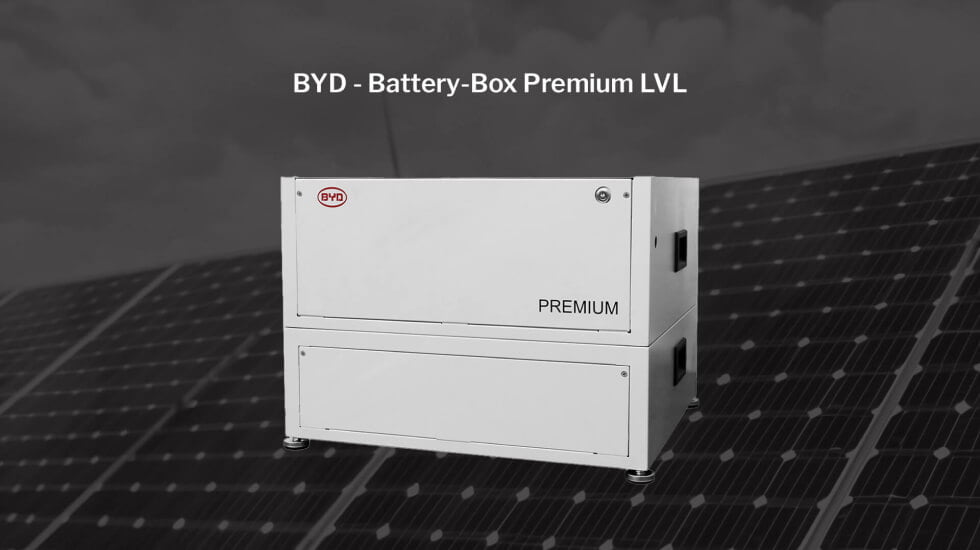
Are Home Solar Batteries a Worthwhile Investment?
Installing a solar battery is a big investment — but for many households, it’s a smart one.
The economic viability of home solar batteries depends on several factors. While the upfront cost of batteries can still be relatively high, the return on investment can be substantial in certain situations. Here are some key considerations:
- Battery cost: The initial cost of a home solar battery is an important factor to consider. Prices can vary depending on the brand, capacity, and installation requirements. It’s essential to obtain quotes from reputable installers to find the best deal for your specific needs.
- Payback time: The payback period for home solar batteries refers to how long it takes for the cost of the battery to be offset by the savings on your electricity bills. While the payback time can vary, households with high power consumption often see a faster return on investment.
- Warranty period: Home solar batteries typically come with a warranty that guarantees their performance and longevity. Longer warranty periods provide more security and peace of mind, ensuring that the investment will last for many years.
While the financial aspect is significant, there are other benefits to consider when deciding if home solar batteries are a worthwhile investment:
- Protection against blackouts: Home energy storage systems can provide backup power during blackouts, ensuring that essential appliances and devices can still operate. This can be particularly valuable in areas prone to power outages.
- Maximising solar panel benefits: Solar battery storage allows you to store excess energy generated by your solar panels and use it when the sun is not shining. This maximises the benefits of your solar panel system and reduces reliance on the grid.
- Energy independence: Investing in home energy storage gives you the opportunity to have greater control over your energy usage and reduce your dependence on traditional energy sources. This can be a significant step towards a more sustainable and environmentally-friendly lifestyle.
So, if you have high evening electricity use, face rising power prices, or just want more independence from the grid, a battery can deliver real long-term value. Add in the extra perks like blackout protection and access to government rebates, and the case becomes even stronger.
That said, batteries aren’t for everyone just yet, especially given their significant upfront cost. If your daytime energy use is already high (meaning you don’t have much excess solar to store), or if your solar system is quite small, the benefits might be limited.
Ultimately, the decision to invest in home solar batteries goes beyond financial considerations. It involves evaluating your energy needs, priorities, and long-term goals. By carefully weighing the economic viability and other factors, you can determine whether home solar batteries are a worthwhile investment for you and your household.
Ready to Take the Next Step?
Adding a battery to your solar setup can be a smart move – but getting the right advice is key. If you’re on the Sunshine Coast, our team at Tenmen Electrical can help you figure out the best solution for your home, your energy needs, and your budget.
Whether you’re ready to go or just have a few questions, reach out to Tenmen Electrical today. We’ll help you take control of your power bills – and get the most out of every ray of Sunshine Coast sun.

